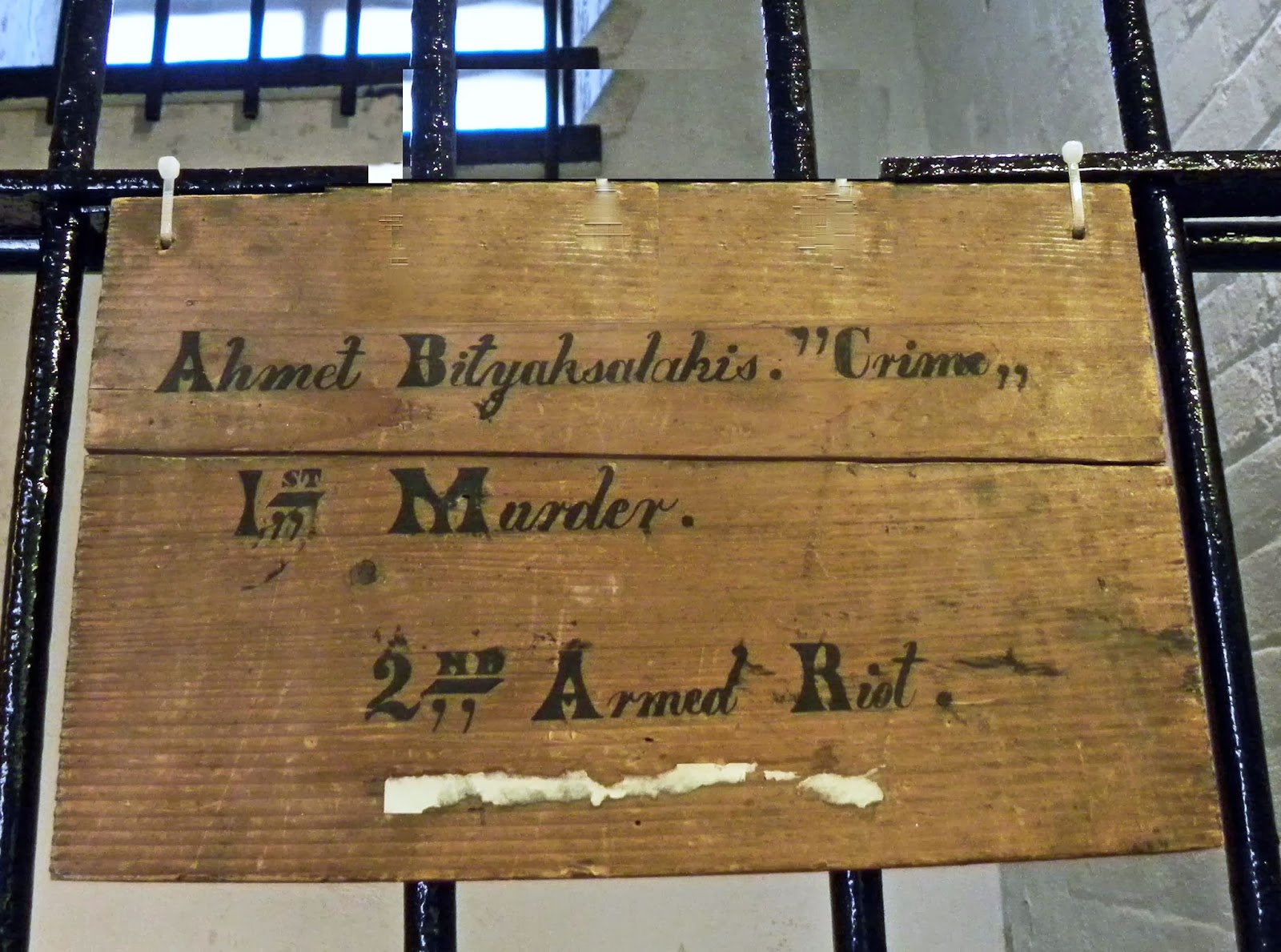When John Frederick Pinney returned from his West Indian plantations he was accompanied by his faithful black servant. Soon after he arrived the servant fell terminally ill and from his death bed he vowed to have no rest until his body was returned to his birthplace.
Tightfisted Pinney refused to carry out the wishes of the dead man and his corpse was laid to rest in the nearby cemetery. Almost immediately bloodcurdling screams began to emanate from the dead servant's grave, while the manor house was shaken to its very foundations and a plague of misfortune fell on the village.
After some months the terrified villagers petitioned Pinney to take action. His solution was to exhume the body and take it back to rest in the manor.
Over the years the skeleton has disappeared leaving only the skull. Various attempts to remove it from the house have always been met with the unearthly screams. As a result the skull now lies peacefully inside the manor.
This is almost the end of the story except that local tradition tells of a ghostly carriage rattling between the Manor House and Churchyard on the anniversary of the death of the servant and is referred to by villagers as ' the funeral procession of the skull.'
Recently, though, spoilsports identifying themselves as experts have come to the conclusion that not only is the skull that of a woman, but it is several thousand years old, probably from Pilsdon Pen, a local prehistoric hill fort.
The tale of the screaming skull whether true or false, went on to inspire Victorian novelist Francis Crawford to write a short story the Screaming Skull’ which in turn led to a 50’s Hollywood ‘B’ movie of the same name.



















































